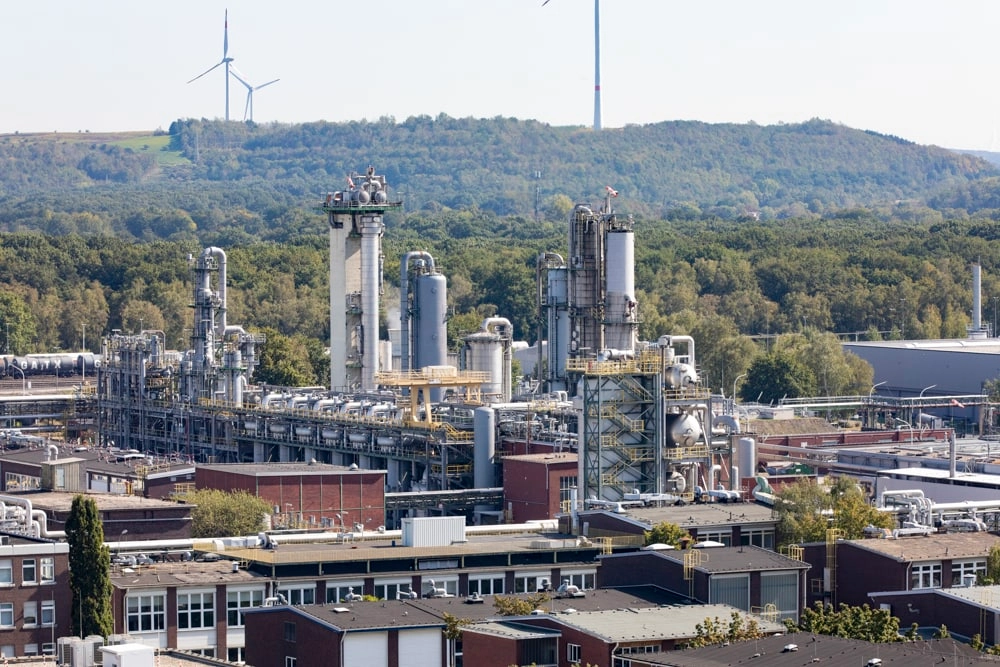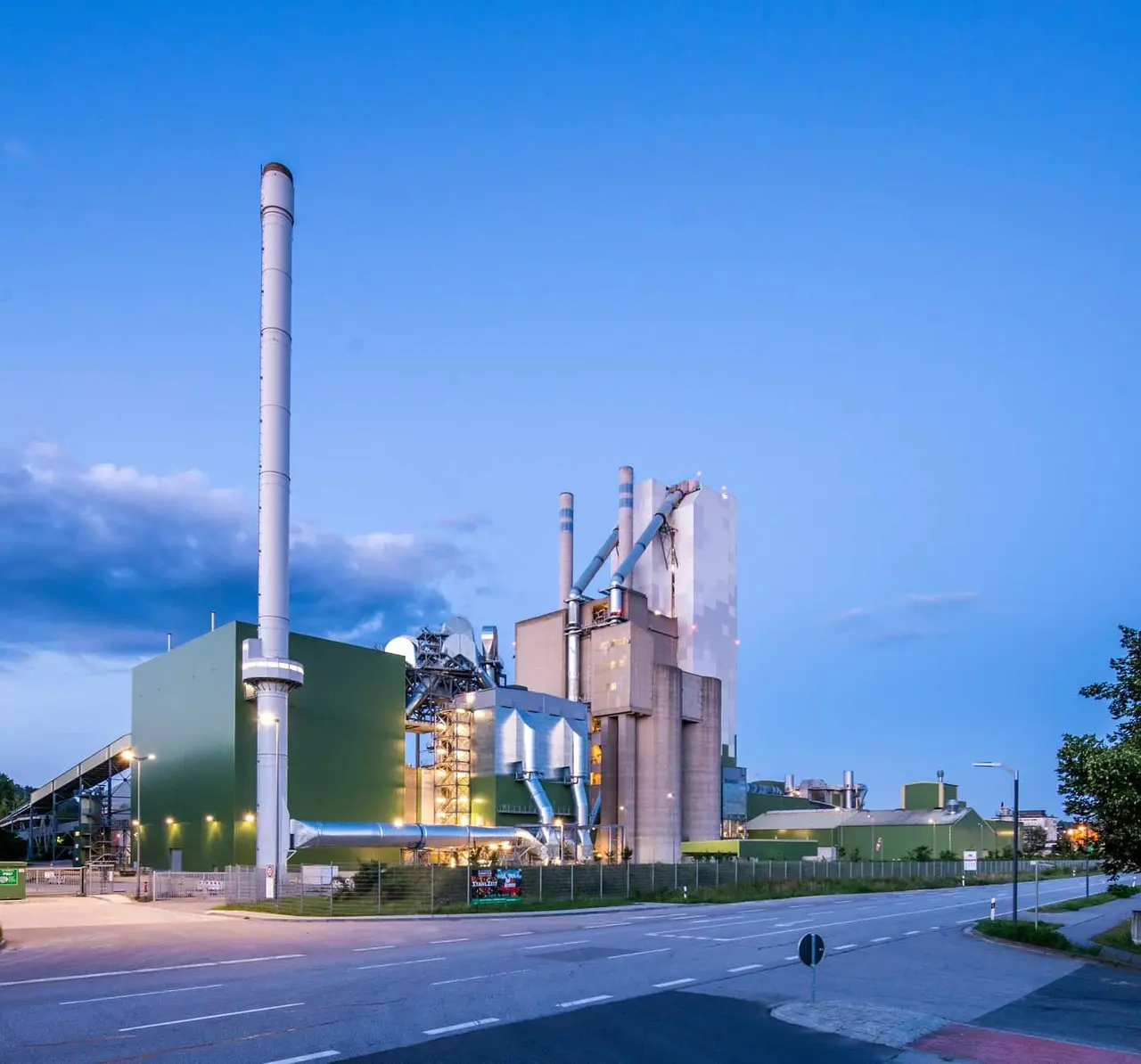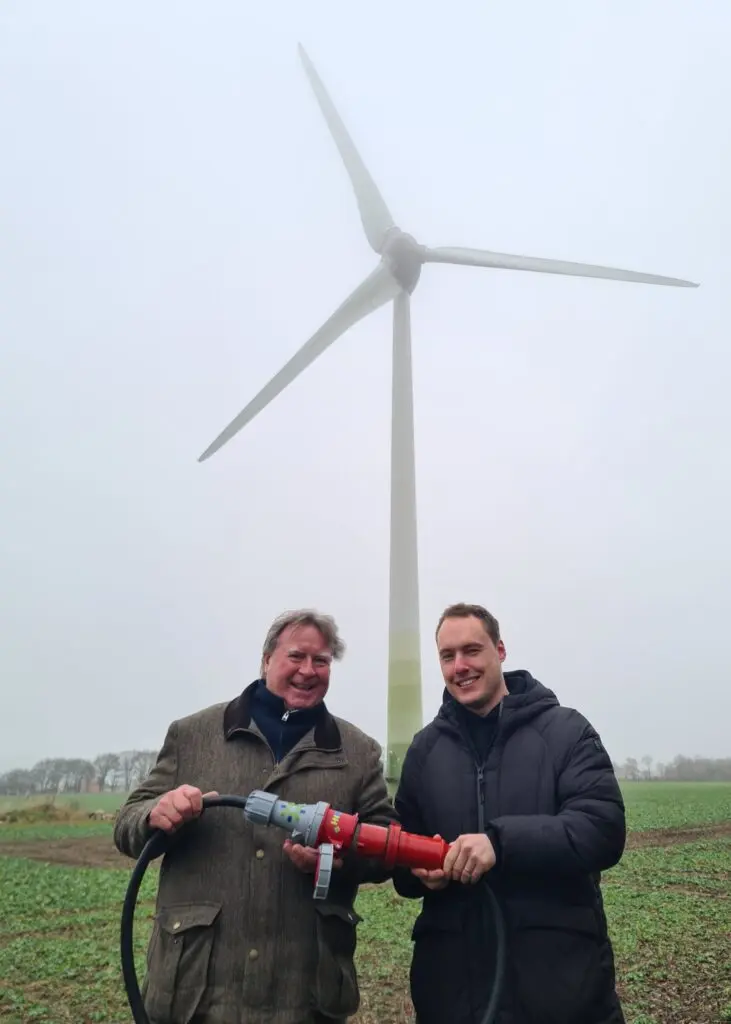Press Release: Wind Power from Schleswig-Holstein: Sasol in Marl commits to 100% sustainably generated external power
Wednesday, December 20, 2023
The Marl plant of chemical company Sasol will expand its green external power supply concept from January 1, 2024, through the purchase of renewable wind power via a recently concluded supply contract with ane.energy from Schleswig-Holstein. Together with certified electricity from Norwegian hydropower, this means the external power supply in Marl will come entirely from renewable sources.
Stefan Wallert, Site Manager of the Sasol plant in Marl, is pleased:
"The conclusion of power purchase agreements from renewable energies, known as Power Purchase Agreements, is an important contribution for Sasol to further reduce emissions in industry. This brings us an important step closer to our set goal of reducing CO2 emissions by 30% by 2030."
The electricity generated by ane.energy from onshore wind turbines in Schleswig-Holstein will cover approximately 25% of the external power requirements in Marl in the future. The production facilities in Marl are largely supplied with steam as an energy carrier and electrical energy due to process requirements. To increase energy efficiency, a new circular gas compressor was commissioned in November 2021, which reduced electricity consumption by over 9% in 2022 compared to 2019.
Holger Heß, responsible for strategic energy purchasing at Sasol Germany, explains:
"Together with ane.energy, we have set ourselves the goal of driving the energy transition forward sustainably, resource-efficiently, and cost-effectively, among other things with electricity from wind turbines."
Sasol Chemicals has committed to reducing its Scope 1 and Scope 2 greenhouse gas emissions by 30% by 2030. The use of renewable energies to power production facilities is an important lever for achieving this goal, along with process improvements, investments in energy efficiency, and carbon capture, utilization, and storage. These goals are part of Sasol Ltd.'s commitment to net-zero emissions by 2050.




